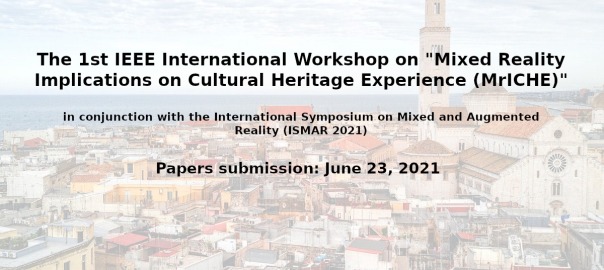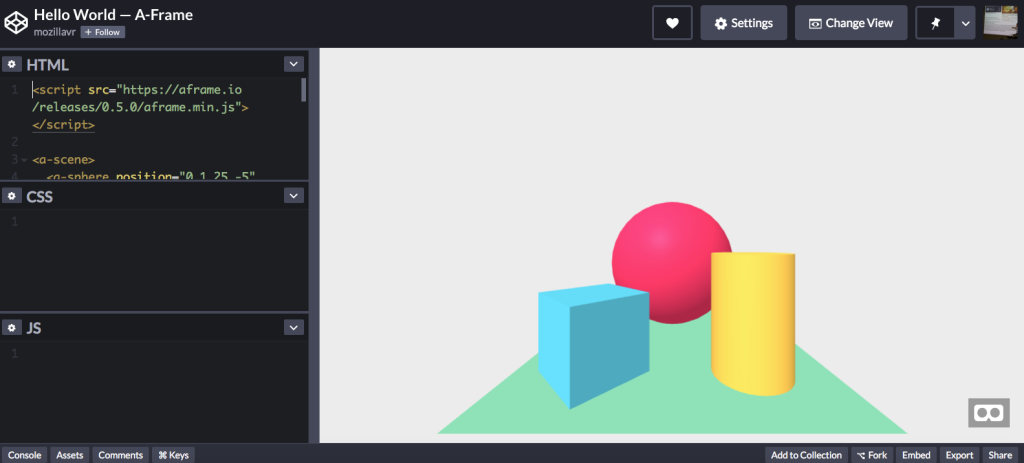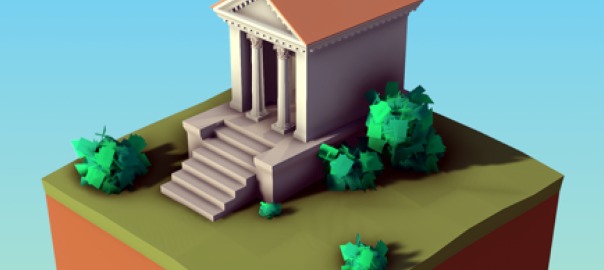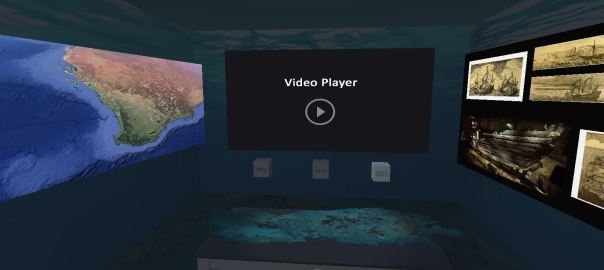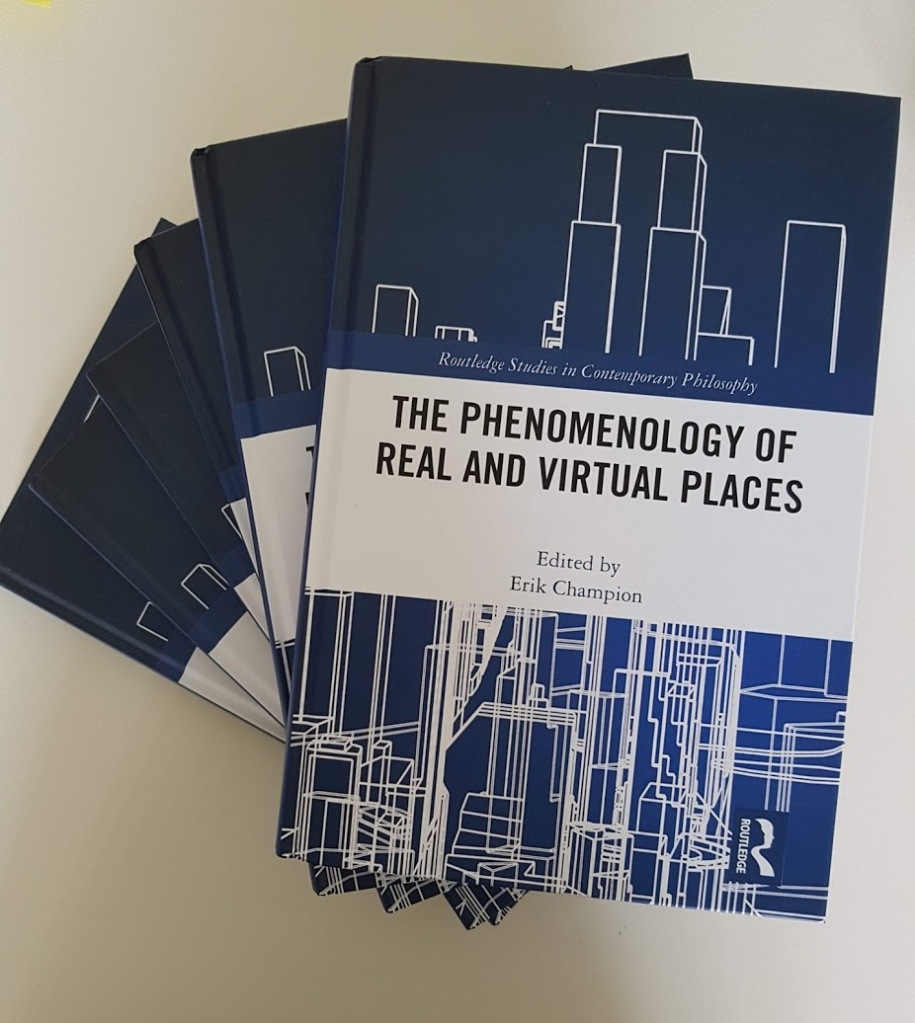I’m very happy that my rather large article “Culturally Significant Presence
In Single-Player Computer Games” has been accepted for the ACM Journal on Computing and Cultural Heritage. This is despite its 12,587 words covering 4 major games, and attempting to be more conceptual and provocative than normal in a traditional ACM IT-oriented journal..
Very good reviewers too, actually. They made me work hard. I think my abstract is a bit over JOCCH length so that may change but at moment it is:
Cultural presence is a term that researchers have used to explain and evaluate cultural learning in virtual heritage projects, but less frequently in video games. Given the increasing importance of video games to cultural heritage, this paper investigates explanations of cultural presence that could be communicated by games, especially concerning UNESCO and ICOMOS definitions of cultural significance. The aim is to determine if cultural presence can be communicated via video games and across a range of game genres.
Observations derived from game prototyping workshops for history and heritage were incorporated to help develop a teachable list of desirable game elements. To distinguish itself from the vagueness surrounding theories of cultural presence, a theory of culturally significant presence is proposed. Culturally significant presence requires three components: culturally significant artifacts and practices; an overarching framework of a singular, identifiable cultural viewpoint; and awareness by the participant of both the culturally significant and the overarching cultural framework and perspective (which gives cultural heritage sites, artifacts and practices their cultural significance and relational value).
As awareness of cultural presence requires time to reflect upon, single-player games were chosen that were not completely dependent on time-based challenges. Another criterion was cultural heritage content, the games must simulate aspects of cultural heritage and history, communicate a specific cultural framework, or explore and reconstruct a past culture. Four games were chosen that simulate a culture, explain archaeological methods, portray indigenous intangible heritage, or explain historical-based ecosystems of the past based on educational guidelines. The games are Assassin’s Creed: Origins (and its Discovery Tour); Heaven’s Vault; Never Alone; and a Ph.D. game project: Saxon. Their genres could be described as first-person shooter/open world/virtual tour; dialogue-based puzzle game; 2D platform game; and turn-based strategy game.
The aim is not to evaluate the entire range of interactive and immersive virtual environments and games, but to examine the applicability and relevance of the new theory, and to ascertain whether the four games provided useful feedback on the concept and usefulness of culturally significant presence. A more clearly demarcated theory of cultural presence may not only help focus evaluation studies but also encourage game developers to modify or allow the modification of commercial games for classroom teaching of digital heritage. Game content, core gameplay, secondary gameplay, and game mechanics could be modified to engagingly compel players to consider cultural heritage values and perspectives that are not their own.

